How Kids Ride on Car Ignites a Passion for Science
The world of kids ride on car is not just about play – it’s a dynamic arena where curiosity meets science, and the joy of exploration intertwines with valuable learning experiences. In this article, we’ll explore how these miniature vehicles can be more than just a source of amusement; they can serve as powerful tools to spark a child’s interest in science, technology, engineering, and mathematics (STEM).
Scientific Foundations of Play with Kids Ride on Car
The Physics of Play
Kids ride on car provides a tangible platform for children to grasp fundamental principles of physics and mechanics. From understanding the concept of motion and velocity to experiencing the forces of acceleration and deceleration, children intuitively learn these scientific concepts through the hands-on experience of driving their own miniature vehicles. Explore the basics of physics behind ride-on cars and how these concepts translate into a fun and educational playtime.
Field Trips and Industry Connections
Explore the potential for enriching the educational experience by organizing field trips or connecting with local industries related to automotive and engineering. Visiting a car manufacturing plant, meeting professionals in the field, or participating in STEM events can provide children with firsthand exposure to the real-world applications of the scientific principles they encounter during their kids electric cars adventures.
Simple Machines in Action
Kids ride on car is a manifestation of simple machines at work. Break down the components of steering systems, gears, and wheels, elucidating how each contributes to the overall functionality of the vehicle. Through interactive play, children unknowingly engage with concepts like gear ratios, rotational motion, and mechanical advantage, fostering a foundational understanding of engineering principles.
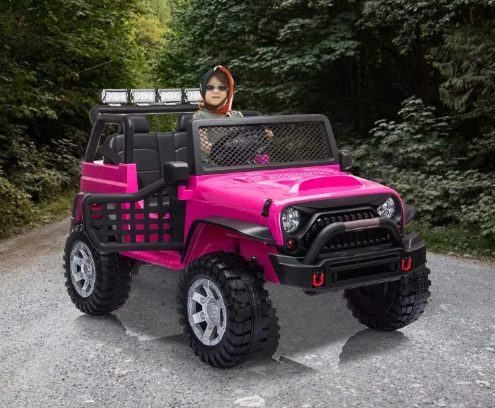
STEM Integration in Playtime with Kids Ride on Car
STEM Role Models
Introduce young learners to real-life STEM role models who have made significant contributions in fields related to kids ride on car, such as automotive engineering or electric vehicle development. Sharing stories of scientists, engineers, and inventors can inspire children and broaden their understanding of the exciting career possibilities within STEM disciplines.
Building a STEM Journal
Encourage the habit of documentation and reflection by helping children create their STEM journals. Whether through drawings, notes, or photos, children can record their observations, experiments, and modifications to their kids electric cars . This practice not only reinforces learning but also develops skills in observation, documentation, and critical thinking.
Interactive and Imaginative Learning with Kids Ride on Car
Imagination on Overdrive
Beyond the technical aspects, kids ride on car stimulates creativity and design thinking. Explore how children can customize their vehicles, whether through paint, decals, or additional features. Discuss the principles of aerodynamics and how modifications might impact speed and maneuverability. Through these imaginative endeavors, children learn about the intersection of art and science, where form and function coalesce.
Interactive Learning Resources
Highlight the availability of interactive learning resources related to kids electric cars. Discuss online platforms or apps that provide virtual simulations or games where children can experiment with different variables like speed, terrain, and customization. Additionally, introduce offline resources such as books, puzzles, or DIY kits that further delve into the scientific principles behind ride-on cars, offering a well-rounded and multisensory learning experience.
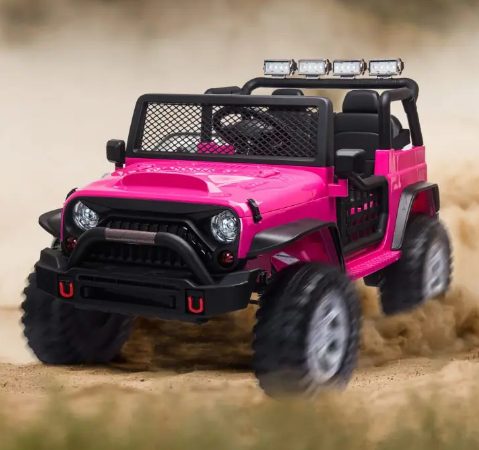
Outdoor Exploration and Holistic Learning
Outdoor Exploration and Nature Studies
Extend the scientific adventure beyond the driveway. Discuss how kids ride on car can become vessels for outdoor exploration, encouraging children to observe nature, study insects, and explore their surroundings. Highlight the connection between scientific curiosity and the joy of discovering the world around them.
Electrifying Education
Dive into the heart of kids electric cars – the electric motor and battery. Explain the science behind how these components work together to propel the vehicle forward. Explore basic electrical principles such as circuits, current flow, and the conversion of electrical energy into mechanical motion. By demystifying the electric power source, children gain an early understanding of the technology that fuels their play.
Educational Games and Challenges
Explore the idea of incorporating educational games and challenges into the playtime experience. Discuss how parents can create simple STEM-related games, such as setting up obstacle courses that require understanding basic physics for navigation or creating challenges that involve measuring distances and speeds. This section emphasizes the seamless integration of learning into play, making science concepts more tangible and enjoyable.
Community Engagement and Real-World Connections
Community STEM Projects
Highlight the potential for community engagement through collaborative STEM projects. Discuss how children, with parental guidance, can participate in local STEM initiatives, such as building a community garden, designing eco-friendly features for their kids ride on car, or contributing to neighborhood science fairs. This section emphasizes the broader impact of STEM education and the potential for children to become active contributors to their communities.
DIY Maintenance and Repairs
Encourage a hands-on approach by introducing basic maintenance and repair concepts. Whether it’s tightening a loose bolt, inflating tires, or troubleshooting minor issues, these activities provide practical problem-solving experiences. Emphasize the importance of observation, critical thinking, and trial-and-error – skills that are integral to scientific inquiry and engineering problem-solving.
Kids ride on car is not just toys; they are catalysts for scientific discovery and exploration. By blending the thrill of play with fundamental STEM concepts, these miniature vehicles offer an engaging pathway for children to develop a lifelong passion for science. As parents and educators, fostering this early interest can pave the way for future innovators and problem solvers. So, buckle up and let the journey into the world of science through ride-on cars begin!
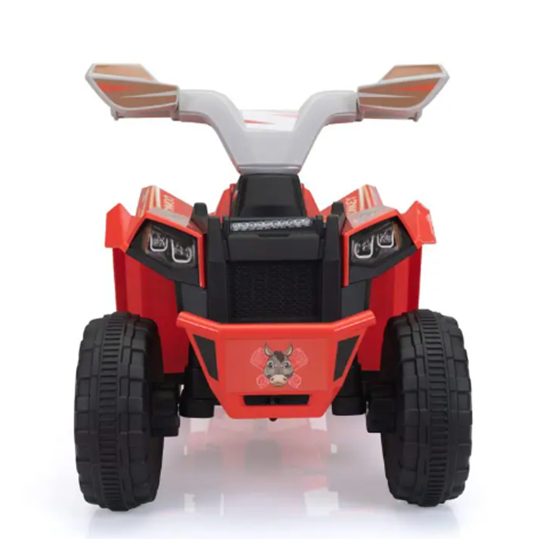
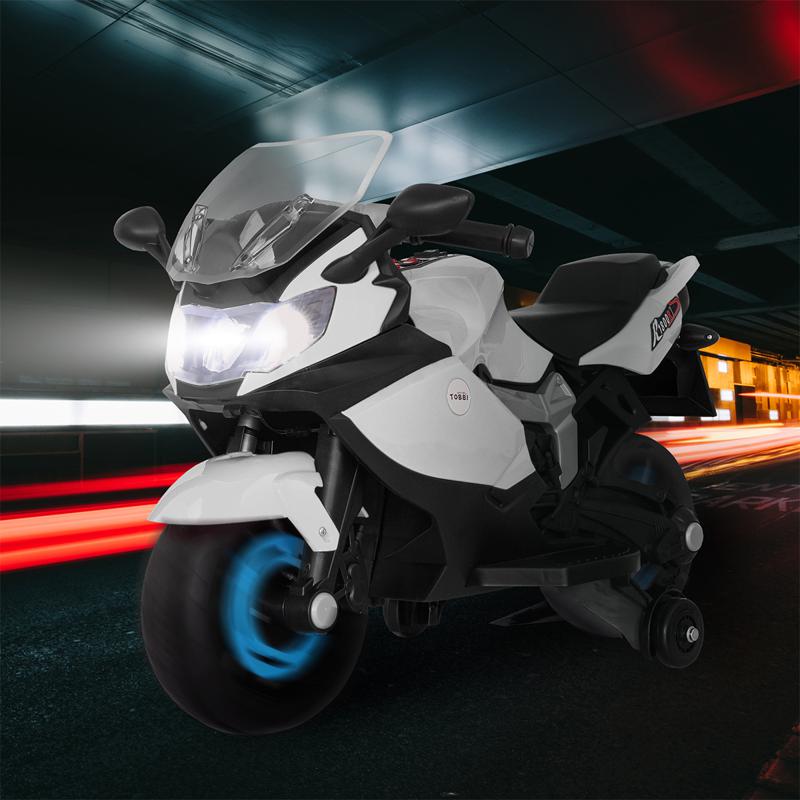
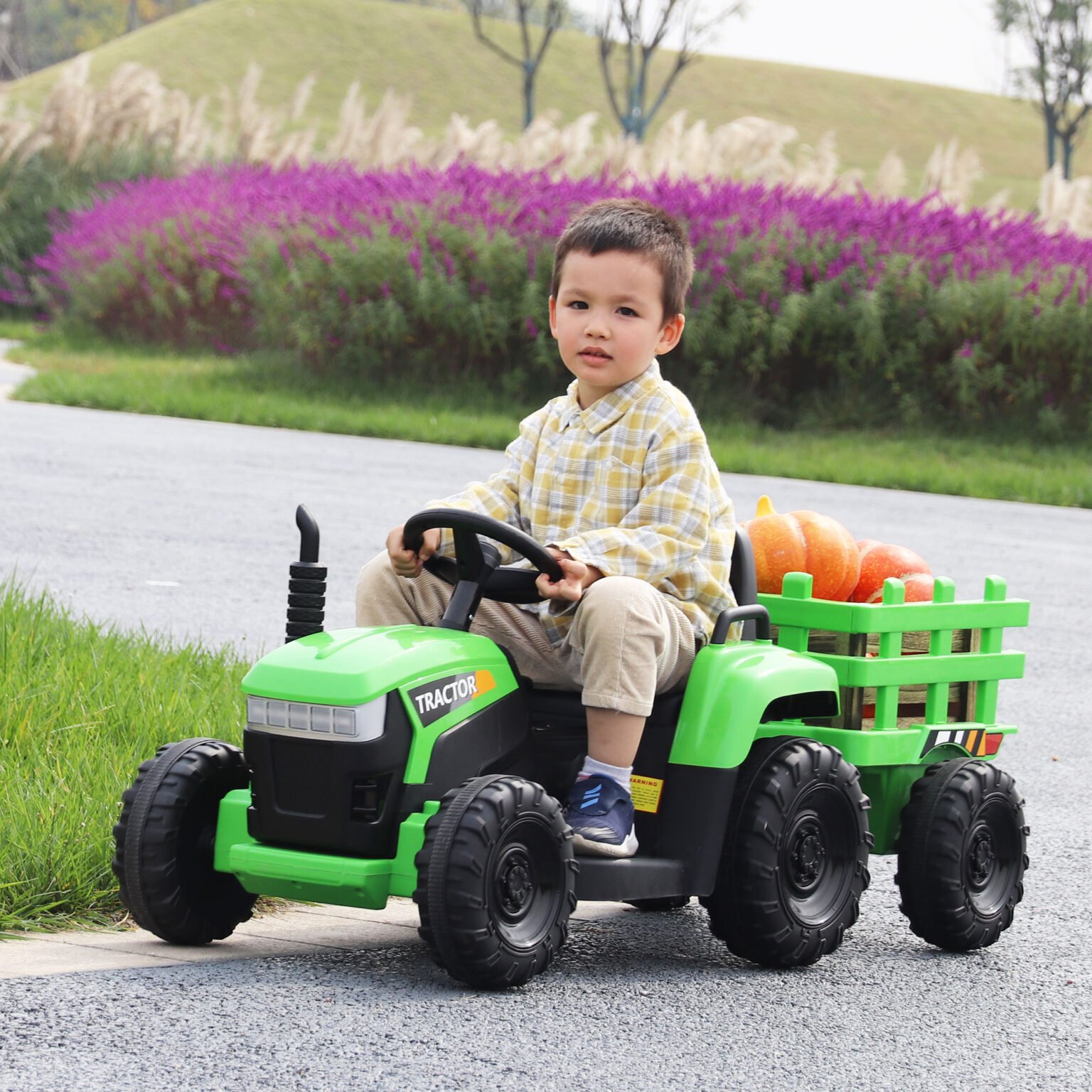
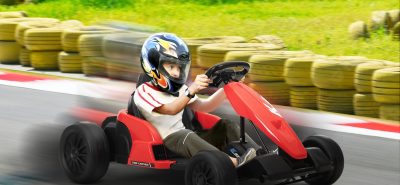
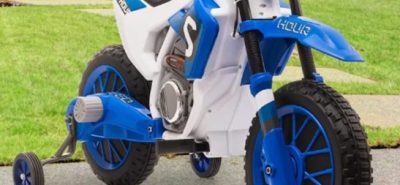
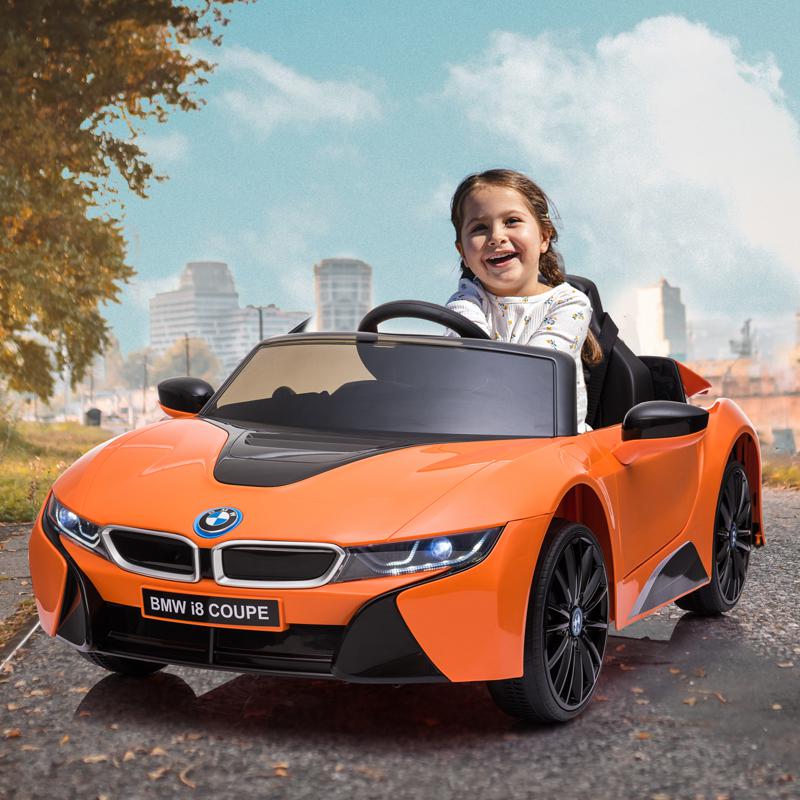
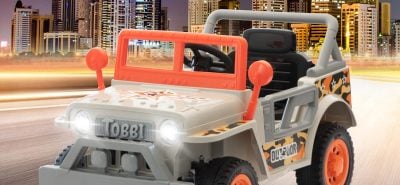
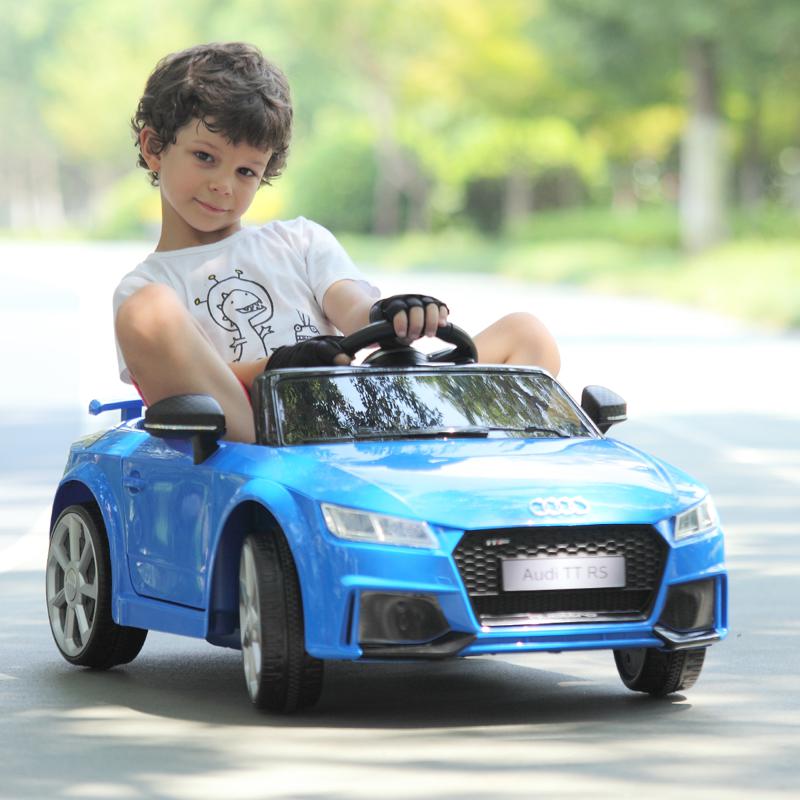
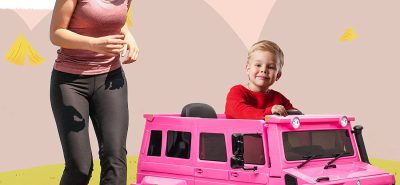
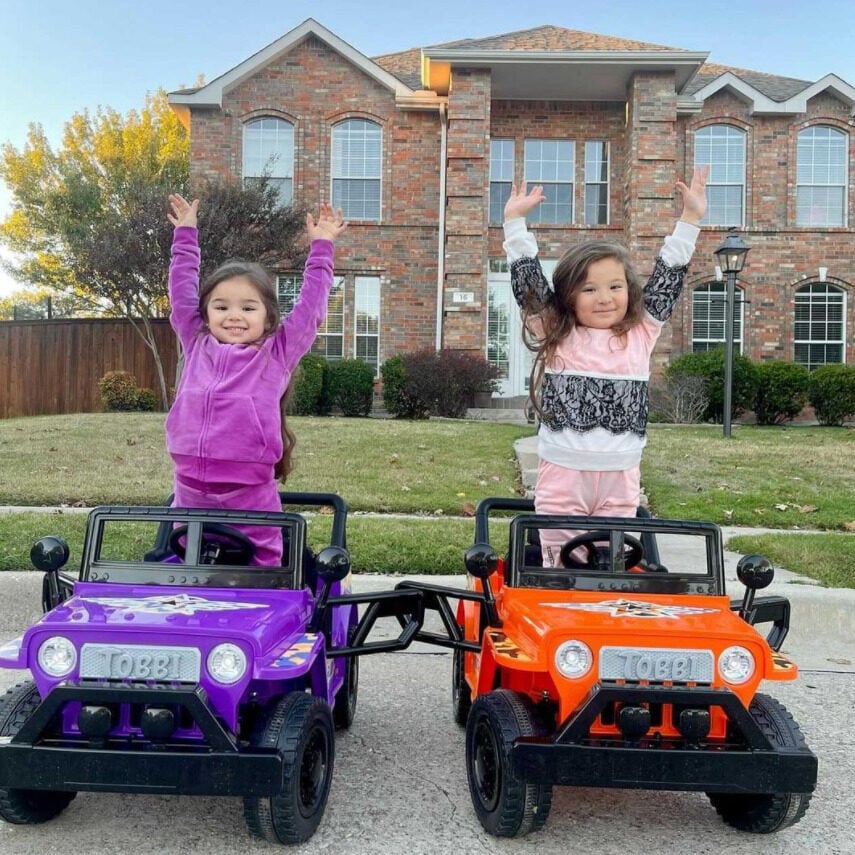
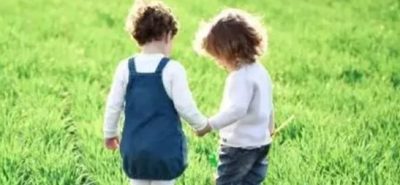
LEAVE A COMMENT
You must be logged in to post a comment.